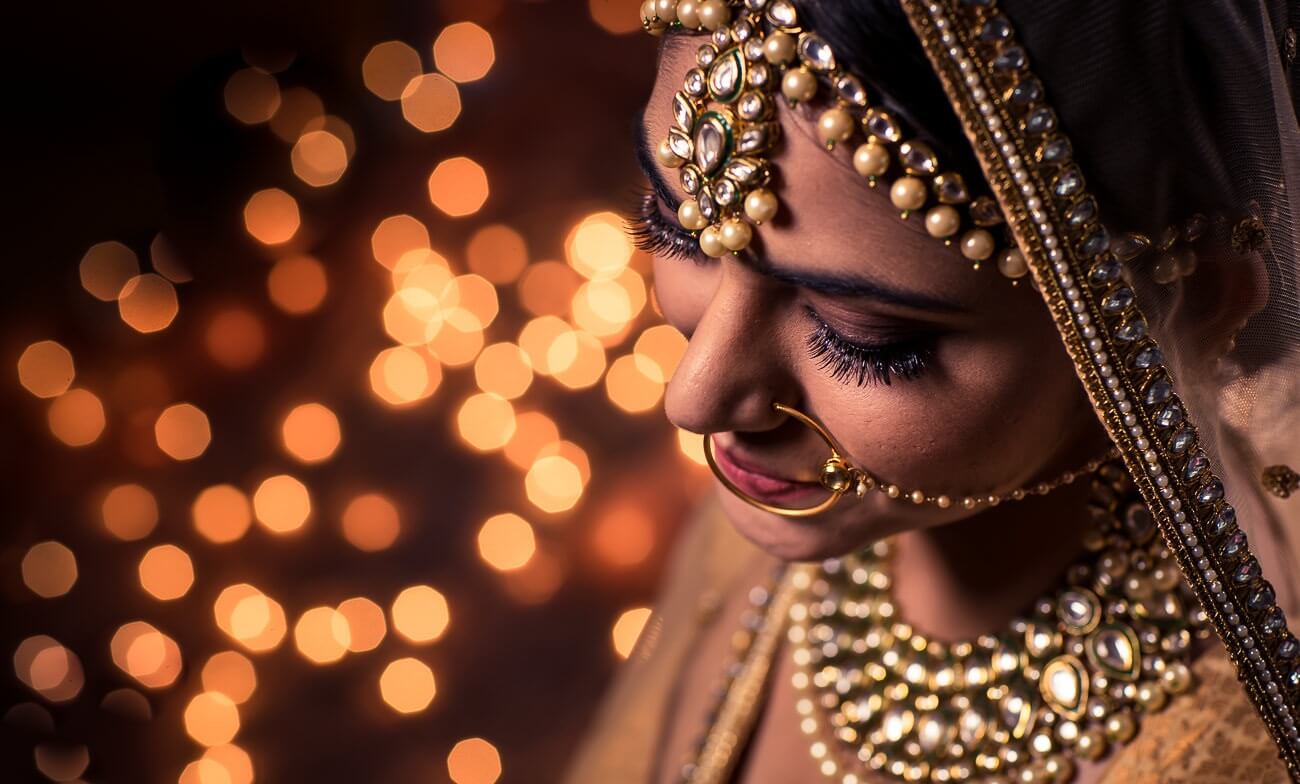As a wedding couple, you can contribute ideas regarding lighting considerations before and during your ceremony. Your wedding photographers are tasked with capturing unique visuals of your special day, so be sure to communicate and prepare with them in advance. Their mastery of different lighting techniques can also affect the quality, texture, depth, and dimension of your photos. Here are a few lighting tips and tricks to help make your wedding photographs stunning:
Communicate With Your Wedding Planner
Many of you and your wedding planner’s decisions can impact your photographer’s work. Involve your wedding photographers when picking the venue, event timeline, ambient lighting, and wedding theme to help minimize potential problems. Indoor and outdoor events have different lighting conditions, affecting the depth and details of your pictures. An experienced photographer knows the best times of day to take pictures, so try to listen to their lighting recommendations to optimize your photo shoots. Your planner and photographer should collaborate to provide you with the best images.
Consider Your Wedding Venue
Your wedding venue impacts the amount of light available during the ceremony and other photo sessions. For a daytime ceremony, choose a venue with plenty of natural light sources, such as tall windows or wide doors. This allows for sufficient sunlight to enter, improving your shoot’s lighting. An indoor venue with bright walls can also help bounce the light around the room. For an outdoor ceremony, look for a venue that offers full shade or full sun to help avoid uneven lighting. Outdoor ceremonies planned for later in the evening can take advantage of the golden hour, which is when the sun casts a soft, golden hue on its surroundings.
Utilize Artificial Light
For indoor wedding receptions, increase the room’s brightness or set the mood by utilizing ambient lighting in your decorating. Include lighting options like candles, lanterns, fairy lights, and chandeliers, depending on your wedding theme. When having your photos taken, try to face your indoor light sources to give the photographer sufficient light to work with. Your photographer can advise you on how near or far to stand from the light source. Consider having additional lighting available as needed to help your photographer create silhouettes or improve image clarity.
Monitor and Adapt to Weather Patterns
Most outdoor weddings depend heavily on natural light, and the weather can affect the outcome of your photographer’s images. Sunny days can create intense shadows that obscure faces and details. Consider using a gazebo or canopy for some shade, or discuss your wedding photographer’s comfort level with shooting in direct sunlight. Overcast days may result in more even lighting and colors in photographs. Rainy days require creativity in utilizing umbrellas, raincoats, or clear plastic covers when taking outdoor images.
Interview Your Wedding Photographer
Your wedding photographer’s skills impact your photo’s quality. Ask questions and review their portfolio, as sample works can provide insight into their techniques used to capture weddings in different lighting. Ask your photographer about their plans for weather-related emergencies and how they use artificial light when needed. Have a detailed discussion about the kind of lighting you want for your wedding album. Check if they have off-camera and on-camera flashes, reflectors, and backlighting. A trained and skilled photographer can use exposure, shutter speed, aperture, and other camera settings to help enhance your wedding photos.
Hiring Wedding Photographers for Your Special Day
With the proper lighting, venue, and skill level, wedding photos can be turned into timeless memories. An experienced photographer can help you find the ideal balance of natural and artificial lighting to capture stunning shots of your wedding day. Hire a professional wedding photographer today and make your wedding photos come alive.
